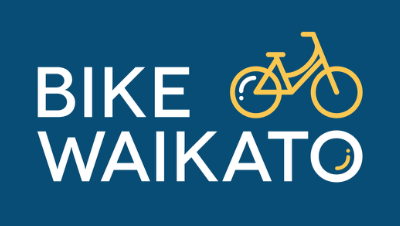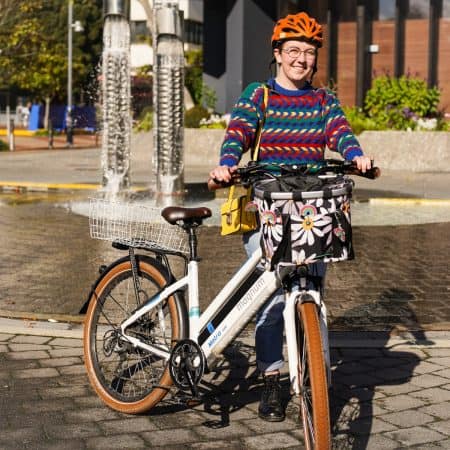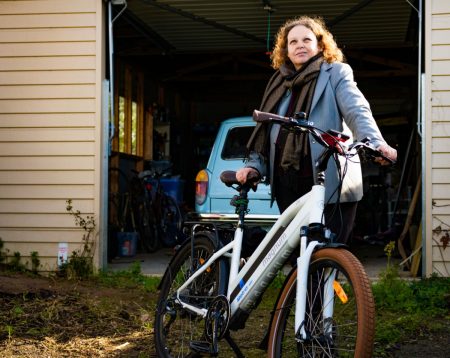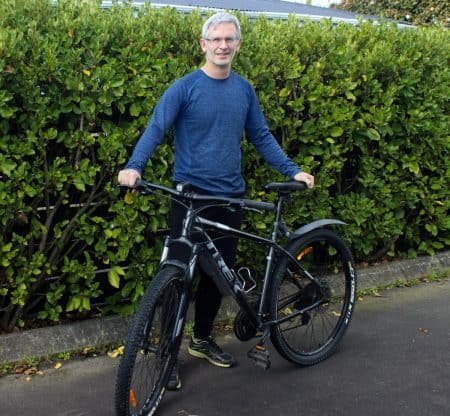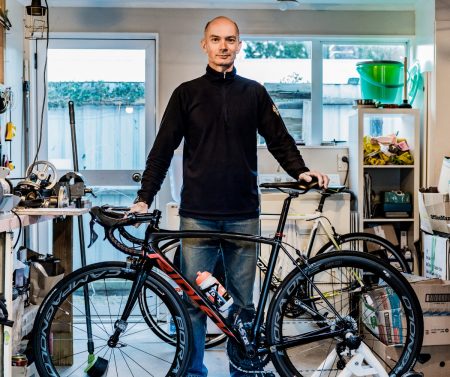2022 Candidate Responses – Waipa District Council
This is the last post in our series where we are publishing the answers from candidates for the 2022 local elections who provided us with responses to active and sustainable transport questions.
Working out who to vote for in the 2022 local elections can be a tough choice when it is hard to tell what values candidates are bringing to the table. Often we want to vote for candidates who understand the issues we face and can speak for our needs when it comes to investment, especially in transport.
At the beginning of September Bike Waikato sent out questions, focussed on sustainable and active transport, to candidates in three main areas to provide their views on funding and improvements for alternative modes of transport. We contacted candidates in Hamilton City, Waikato Region Hamilton Ward and Waipa District.
We hope this helps you make some informed decisions when you come to filling out your voting papers.
Roger Gordon – Cambridge Ward
Question 1: What modes of active and public transport do you use, and for what types of trips?
Walking – exercise and leisure.
Question 2: What are your ideas to make it safer for people on bikes to ride in our towns and cities, particularly around schools?
Follow the urban mobility cycling & walking business case for the introduction of safe cycleways. I am a member of the Urban Mobility Working Group for Waipa.
Question 3: What is your position on reallocating road space (either on-street parking or traffic lanes) towards space for people on bikes?
I believe in a tiered approach for cycleways. Protected separated cycleways on the main arterial and traffic routes, Shared pedestrian/cyclist wider paths connecting to the arterial along roads where traffic is less and then a third tier of paths along local roads. I am concerned with the placement of the current designated cycleways through Cambridge town centre. That is an accident waiting to happen.
I am a strong supporter of the Te Awa River Ride, but believe we need to a a safer connection between that Riverride and where it currenty connects through the CBD.
We also need to have a more established provision of cycle racks through town
Question 4: Where do you think Council should focus its education initiatives for transport and road safety?
Through schools undoubtedly. But also in general population about respecting other users particularly the elderly some of whom get quite frightened when they are approached by someone riding a bike on the footpath.
Question 5: Do you think Council should spend more, less or about the same on cycling infrastructure as proposed in the 2021-31 Long Term Plan? Explain your answer.
Restricted now by Waka Kotahi withdrawing its funding of current strategy. Need to discuss on Annual Plan and LTP how we are going to achieve our 10 year UM business case without WK funding.
Philip Coles – Cambridge Ward
Question 1: What modes of active and public transport do you use, and for what types of trips?
Our residence is a Rural address so don’t use Public Transport, if I do then buses more commonly.
Question 2: What are your ideas to make it safer for people on bikes to ride in our towns and cities, particularly around schools?
We are currently creating safe routes for our town, we have a program to create a large network, we had secured external funding from NZTA but that is currently on hold.
Question 3: What is your position on reallocating road space (either on-street parking or traffic lanes) towards space for people on bikes?
This is very tricky question to answer as its case by case so think I will leave that at that.
Question 4: Where do you think Council should focus its education initiatives for transport and road safety?
Signage and social media campaigns, education is also the responsibility of parents plus the Schools have a role to play here so its a combination of everyone pulling together to benefit the community.
Question 5: Do you think Council should spend more, less or about the same on cycling infrastructure as proposed in the 2021-31 Long Term Plan? Explain your answer.
We should be continuously growing our network of for the cycling and or multi purpose network in our community which helps to get real buy in from our Community and Ratepayers. This Government is supportive, funding wise we shouldn’t be budgeting for less.
Bernard Westerbaan – Mayor and Te Awamutu-Kihikihi Ward
Question 1: What modes of active and public transport do you use, and for what types of trips?
I’m using a car and sometimes an electric bike (weather permitting). Not using public transport.
Question 2: What are your ideas to make it safer for people on bikes to ride in our towns and cities, particularly around schools?
Safety on bikes need to be learned early in life. Coming from the Netherlands I firmly believe that New Zealand is not the same as the Netherlands. Our streets and roads are NOT suitable for shared traffic. New Zealand has not got the space to have shared areas with out giving up areas that are used by cars and trucks. Regarding schools, the current schools are not located in bike safe areas, a lot of them are on rural roads and regardless of any speed limits imposed there will remain safety problems. I also believe that parents who are delivering the children to schools are worried about the safety of their children.
Question 3: What is your position on reallocating road space (either on-street parking or traffic lanes) towards space for people on bikes?
With the government starting to have high density housing allowed (and forced on councils) there will be more cars parked outside on the streets. No more garages etc.
Question 4: Where do you think Council should focus its education initiatives for transport and road safety?
Assist schools, schools and schools with the training program. Schools can initiate the training as well with perhaps local support of bike shops.
Question 5: Do you think Council should spend more, less or about the same on cycling infrastructure as proposed in the 2021-31 Long Term Plan? Explain your answer.
I believe less at this stage. The cycling infrastructure is very expensive to create, often land has to be bought. Maintaining the cycle ways is also expensive. Who is paying for that? It will be the ratepayers who will pay and I believe there is a very small portion of them using cycleways. Although we all pay for services we don’t use, ratepayers CANNOT afford the rates in the current financial crisis. Currently the rates should be tagged for maintaining roading, stormwater etc.
